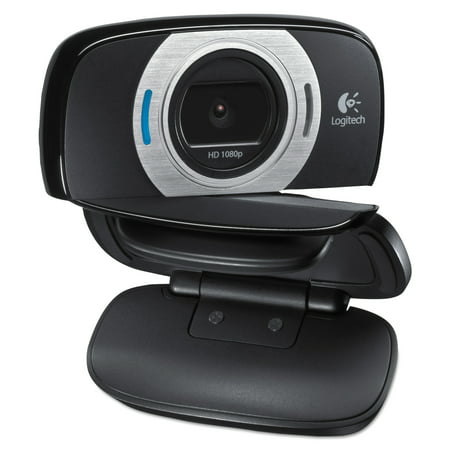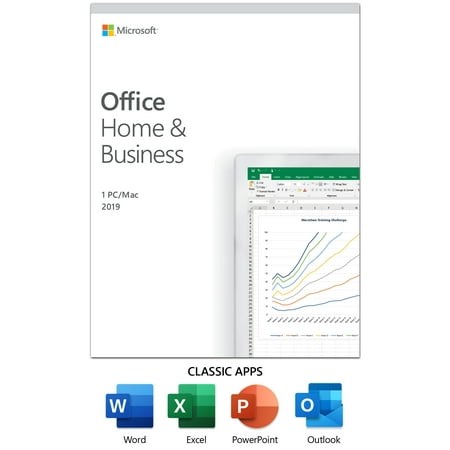HP 14″ Pentium 4GB/64GB Chromebook, 14″ HD Display, Intel Pentium Silver N5000, 4GB RAM, 64GB eMMC, Intel UHD Graphics 605, 14a-na0031wm
Google Classroom Compatible! Knock out any assignment while binge watching your favorite shows on the HP Chromebook 14a-na0031wm. It offers the beauty of a 14-inch diagonal micro-edge HD display with screen-to-body ratio of 82%, and speakers tuned by the audio experts at B&O, making for a front-row entertainment experience from the convenience of your lap. You’ll get the responsive performance you’re looking for with an Intel® Pentium® Silver processor, 64 GB eMMc. and up to 13 hours and 30 minutes of battery life that helps you get everything done. Redefine how you work and play with the seamless integration of your favorite Chrome browser, always secure and up to date, and access to a huge selection of apps in the Google Play Store. Scroll, zoom, and navigate with a simple touch using the HP Imagepad with multi-touch, supporting four finger gestures. At less than four pounds, this thin and light silver Chromebook laptop is easy to take from room to room or on the road. This item was manufactured in 2019.










Operating system: ChromeProcessor: Intel Pentium Silver N5000 ProcessorDisplay: 14.0-inch diagonal HD, SVA, anti-glare, micro-edge, WLED-backlitMemory: 4 GB LPDDR4-2400 SDRAM (onboard)Internal storage: 64 GB eMMCGraphics: Intel® UHD Graphics 605Sound: Audio by B&O with dual speakersBattery life: Up to 13 hours and 30 minutes (mixed usage)Wireless: Realtek Wi-Fi 5 (2×2)(19a) and Bluetooth® 5.0 comboCamera: HP Wide Vision HD Camera with integrated dual array digital microphoneProduct weight: 3.24 lbMFG Year: 2019





Reviews
There are no reviews yet.